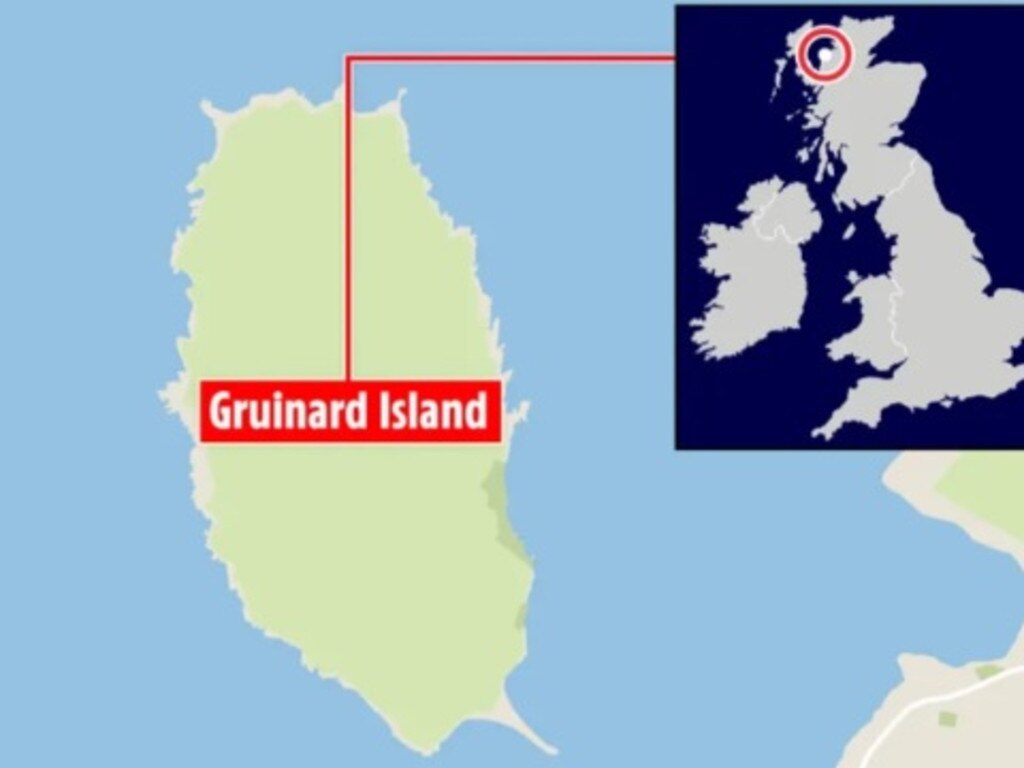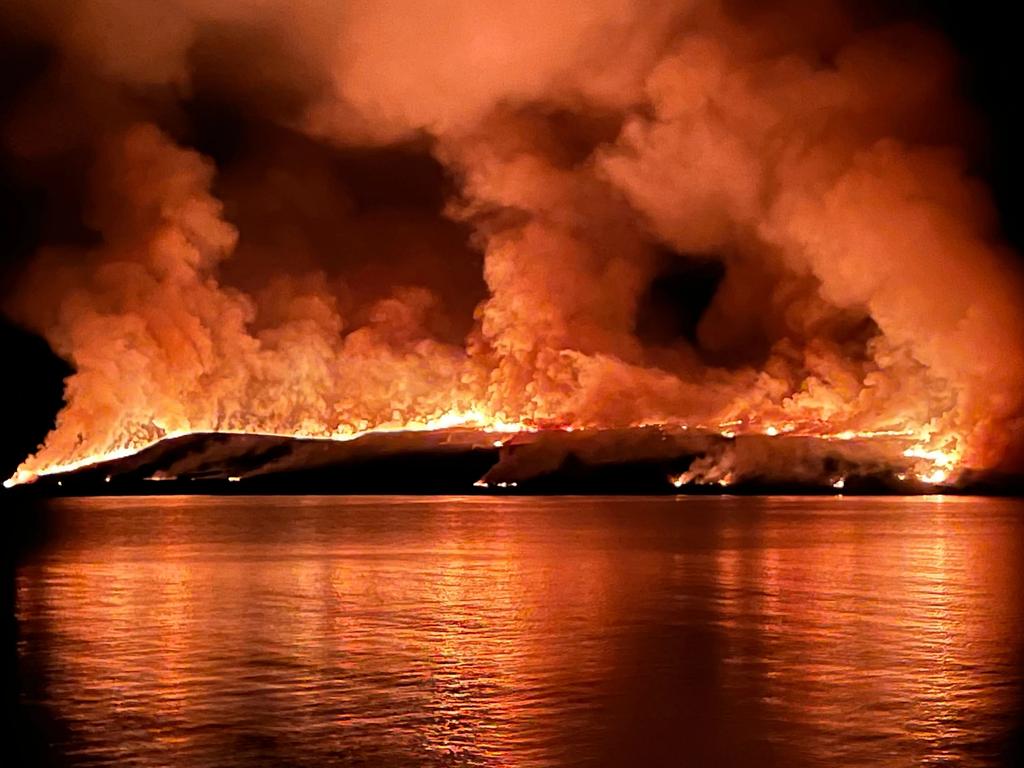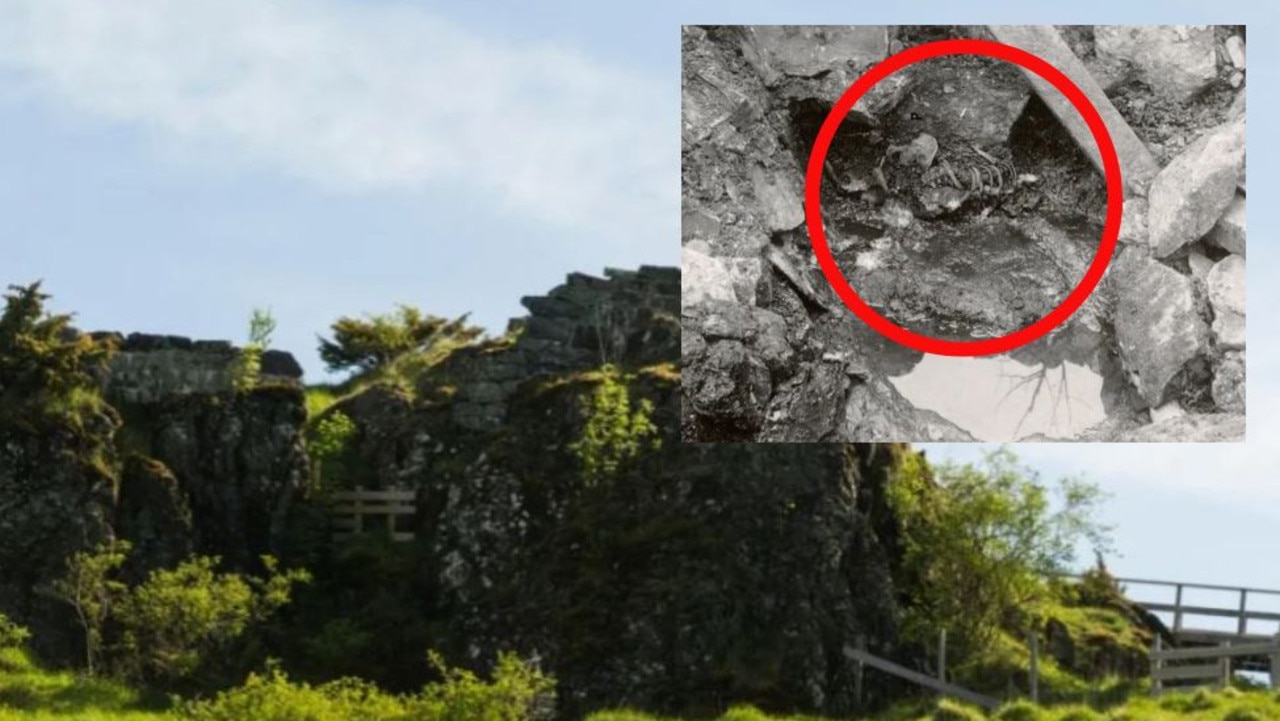Mysterious island holds dark secrets
A mysterious island with a dark history has been deemed too dangerous for anyone to visit for one horrifying reason.
A mysterious island that was at the centre of World War II experiments has dark secrets linked to germ warfare.
Dubbed “Anthrax Island”, the uninhabited Gruinard Island off the west coast of Scotland is too dangerous to visit after it was contaminated with anthrax bacteria.
In 1962, a BBC reporter set out to investigate local reports of secret WWII experiments which caused unexplained animal deaths.
“Hereabouts, they call it the island of death, the mystery Island, and for good reason,” reporter Fyfe Robertson said.
“Now, this is not a story of old dark deeds or Highland superstition. No, this story started in 1942.”
Operation Vegetarian
With most of Europe on a knife’s edge in 1942, then UK Prime Minister Winston Churchill tasked a team of top scientists to find a way to harness anthrax as a weapon.

The project, called Operation Vegetarian, had started under Paul Fildes, then head of the biology department at Porton Down, a military facility in Wiltshire.
Gruinard Island was deemed the perfect location for a series of secret experiments.
What actually happened remained a mystery until the Ministry of Defence declassified a video 50 years later.
The shocking footage showed approximately 80 sheep exposed to an anthrax cloud.
The men conducting the experiments wore cloth overalls and hair protectors as well as respirators and gloves.

The results were devastating.
Within days all the sheep were dead and infected carcasses were incinerated or buried under tonnes of rubble after a cliff on the island was blown up.
While the experiment was deemed a success, the anthrax bomb was never used and the deadly spores remained on the island.
By the end of the war, Gruinard Island had been poisoned, burned, abandoned and deemed too dangerous for anyone to visit.
The military quarantined the island indefinitely and put warning signs up.

Dark Harvest
The island’s history was all but forgotten until a group known as Dark Harvest commandos launched a move to raise awareness about the deadly contamination.
The group began its campaign with a letter to the Glasgow Herald Newspaper, which said: “By the time you read this the campaign will have started in earnest.
“The first delivery will have been made – and where better to send the seeds of death than to the place from whence they came?”

That place was the Porton Down biological research centre near Salisbury, Wiltshire, a top secret Ministry of Defence laboratory.
A bucket of soil was found near the perimeter, and scientists quickly discovered that it came from the island that was abandoned in the 40s.
Four days after bringing the bucket of soil to Porton Down the group struck again, this time targeting the Conservative Party conference in Blackpool.

Unlike the first sample, this one turned out not to contain anthrax but the authorities were on high alert.
Detective Inspector Colin MacDonald was one of the officers tasked with finding out who was behind Dark Harvest, but he was met with a wall of silence.
He told the 2022 BBC documentary The Mystery of Anthrax Island: “I felt there was maybe more known in the community than was being said.”
On 7 December 1981, the Dark Harvest pinned a final letter to the door of the UK government’s Scottish Office HQ in Edinburgh.
Instead of threats, the letter declared that the aims of their protest had been met and there would be no further action – for now.
As mysteriously as they came, the Dark Harvest commandos disappeared.
Their scare campaign seemed to hasten the clean up of anthrax spores on the island.
By 1986, Gruinard was again a hive of activity as teams of scientists, vaccinated against anthrax and dressed in protective clothing, prepared to return the island to its natural state.
The island was finally declared anthrax free on April 24, 1990.
More Coverage
The uninhabited island went up in flames in 2022 after a wildfire tore through it.
Approximately 200 hectares were burnt but no damage was reported.
This article originally appeared on The Sun and was reproduced with permission





